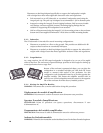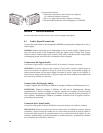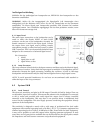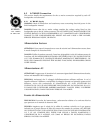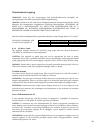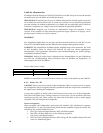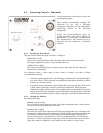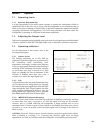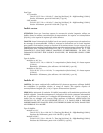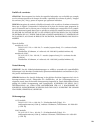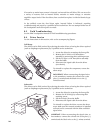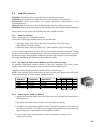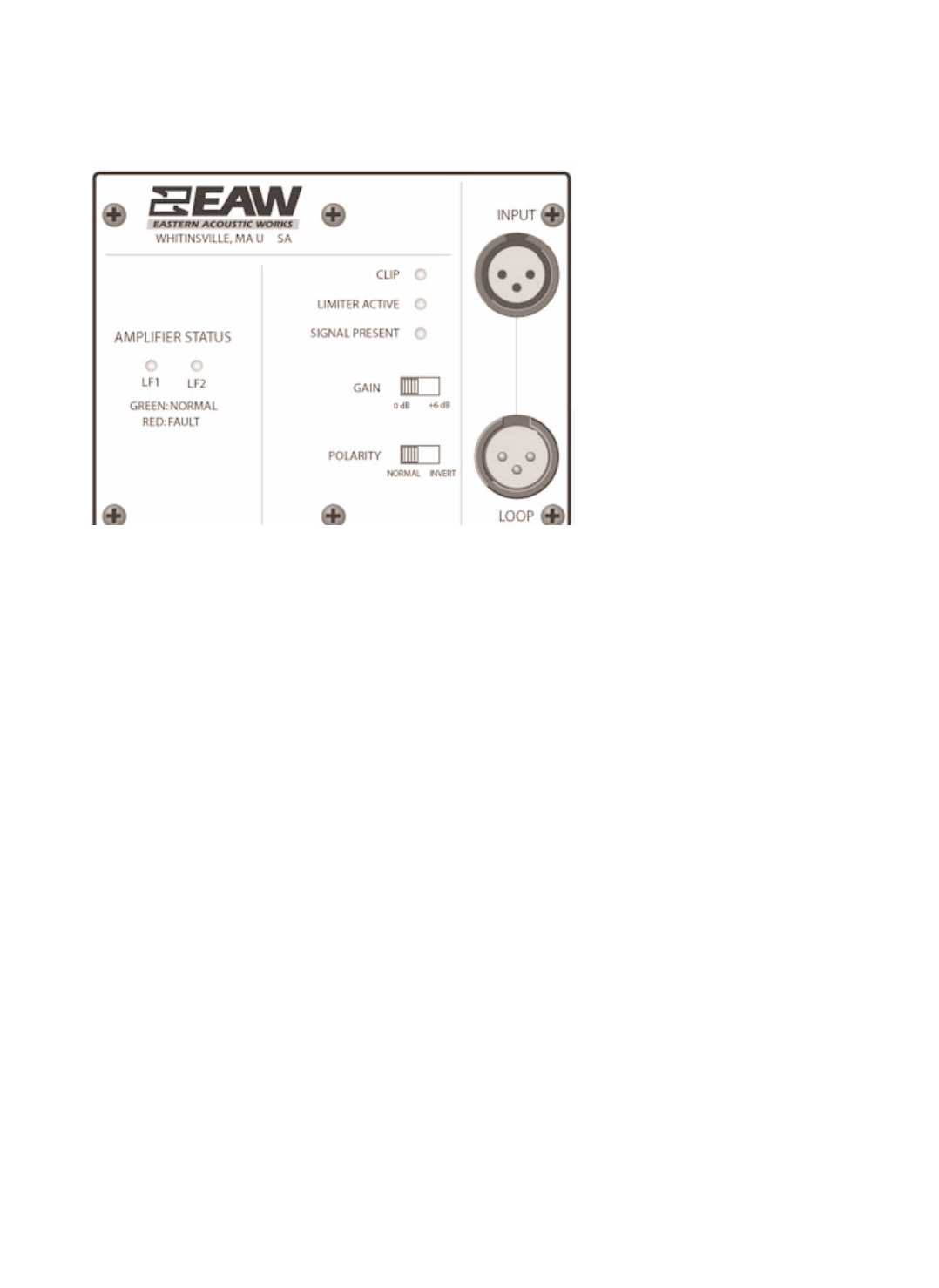
6.5 Operating Controls - Subwoofer
For the instructions in this section, refer to the
accompanying Figure.
These switches electronically configure the
subwoofer for use with a full-range
loudspeaker depending on the subwoofer's
positioning relative to the full-range
loudspeaker.
NOTE: The recommendations given are
general guidelines and cannot address all
applications or loudspeaker configurations.
Use measurements and listening tests to
determine the best setting for a particular
situation.
6.5.1 Setting the Gain Switch
The gain switch adjusts the input to 0 dB or +6 dB gain.
0 dB (switch to left)
Use for the common situation where the subwoofer is floor-mounted and the
full-range loudspeaker is pole or stand mounted above it.
+6 dB (switch to right)
Use when more subwoofer level is needed, such as when both the full-range and
subwoofer are suspended.
For situations where a wider range of gain control is needed, use either of these
recommended methods.
1. Provide a separate signal feeds to the full-range and subwoofer, each feed having its
own level control. This is normally accomplished using separate auxiliary or matrix
outputs on a mixing console
2. Provide an external attenuator to the loudspeaker that needs less gain. This can be
a fixed resistive attenuator, ideal for permanent installations. Where frequent
adjustment may be needed, such as in a portable system, an adjustable level control
may be inserted into the signal line to the loudspeaker needing less gain. A 20k ohm
to 40k ohm potentiometer with an audio or log taper can provide the desired results.
6.5.2 Setting the Polarity
Recommended usage:
Normal (switch to left)
Use to provide normal integration with a full range loudspeaker that is either stacked
on top of or pole mounted to the subwoofer.
Invert (switch to right)
Use when the sound of the subwoofer and full-range loudspeaker do not integrate well,
meaning there is bass loss in the listening area. This is usually caused when the subwoofer
is located at a different distance to the listeners than the full-range loudspeaker or
because of destructive room reflections. Given the unpredictability of low frequency
response in a room, the Polarity setting may or may not improve the results. In some
cases, there may be a difference in the results, but not a better or worse result.
18



